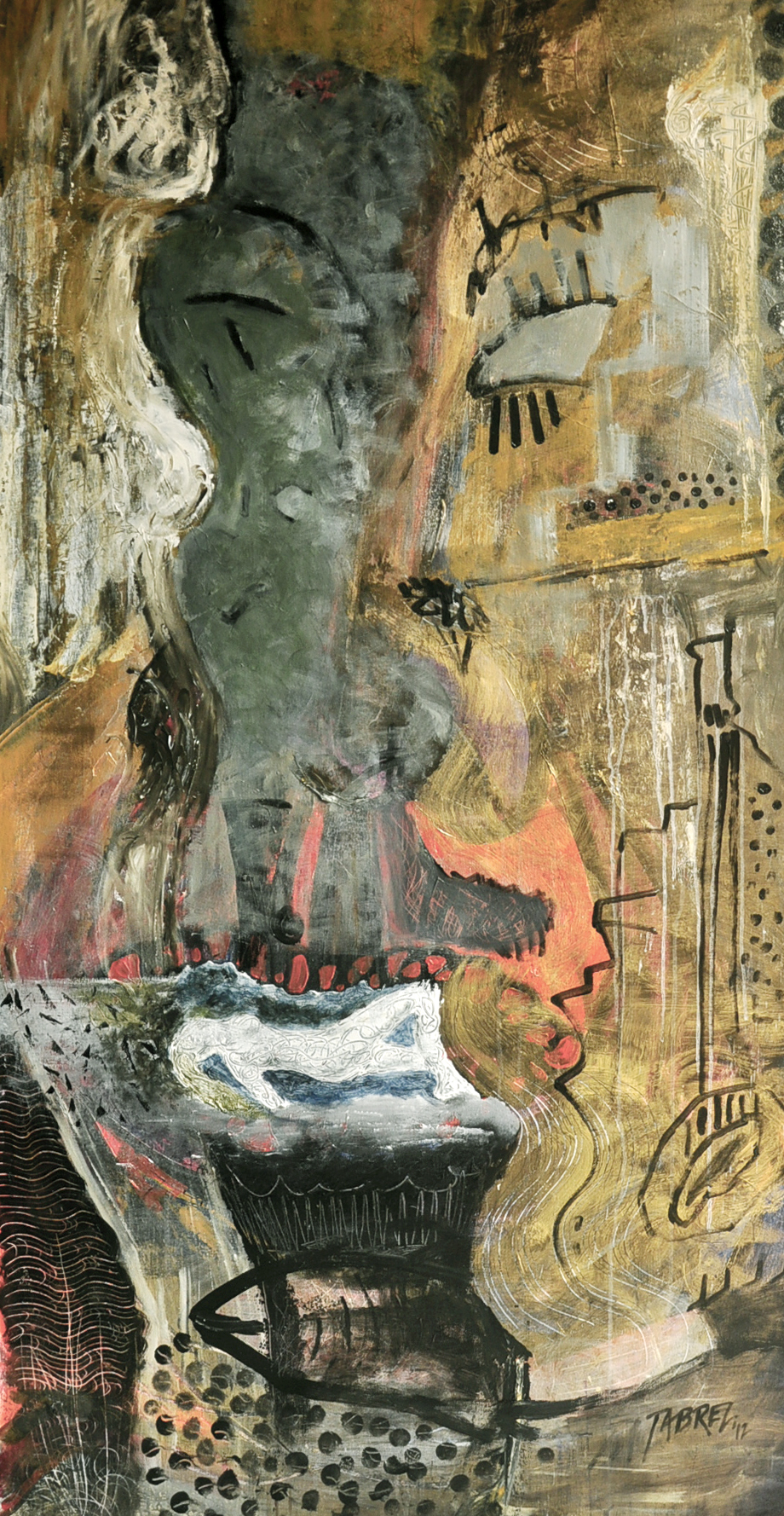Stylistically, abstract art involves a number of techniques that illustrates unique expressions.Abstract art was created at the separation period of 19th and 20thcentury. It is a completelyunique art form that differ from ordinary art style in which an artist portrayswhat he look around. On the basis, abstract art is all about exploring patterns and colors.
Abstract Art- A complete brief
The term ‘Abstract art’ is also known as “non-objective art”, “non-representational”, “non-figurative”, “geometric abstraction”, or “concrete art”. In this art form, artists draw a painting or sculpture which doesn’t represent any recognizable objects or scenes.It is not actually creating flawless reproduction of real life scenes. More often, it isn’t about rendering impression of real life without all the little details. In fact, as per the artists, abstract art turned into aprocess initself.Representational would implies that you create what you see at front. On the contrary, abstract art is far from that concept.
Abstract Art- History and Art Styles
At the core, abstract art included the techniques such as Surrealism, Dadaism, Cubism, and Fauvism. While, other art forms encompasses Suprematism, Art Informel, Neo-Plasticism, and De Stijl.
Included in the portfolio of famous abstract artists who areexperts in drawing abstract art -Pablo Picasso, Wassily Kandinsky, Piet Mondrian, etc. The origin of abstract painting can be found with “post-impressionism”.Basically, it was an art bandwagon developed in France just before the dawn of 20thcentury.
During this time period, you might be able to make out a picture of a person, thing, but up close it might have been manufactured byplanes and angles. For ex- a famous abstract artist Georges Seurat created abstract art with a technique called pointillism.
The three primary forms of abstract art are as follows:
- cubism,
- neoplasticism and
- abstract expressionism.
There are many artists that are highly appreciated and credited with the foundations of abstract art.Among those artists, the famous cubist artists were Pablo Picasso andGeorges. Consequently, Piet Mondrian’s works are one of the best examples of neoplasticism and Mark Rothko and Jackson Pollock are the great example of abstract expressionism.
The history of abstract artists encompasses more than 20, 000artists along with their richart expertise and skill sets. Images and profound information of these artists are available in in their personalprofiles. History distinguishesthat the abstract art form of art design emerged in the early 1990s. In history of famous abstract paintings, Neo-plasticism (1920-1940), conceptual art, contemporary realism, abstract expressionism (1940-1955), photorealism, and hyper realism (1960-1975), and neo-expressionism (1970-1990) are some of the major developmental levels.
One of the interesting things aboutabstract art forboth for the painter and the viewer is that anyone can take what they see before them and understand it however they want. To understand this art, a creative mind has even more freedom to roam around the imagination and interpret what is appearing in front of their eyes. Abstract art work is a non-traditional free form of art that verves with the feelings and emotions of today’s contemporaryartist.












